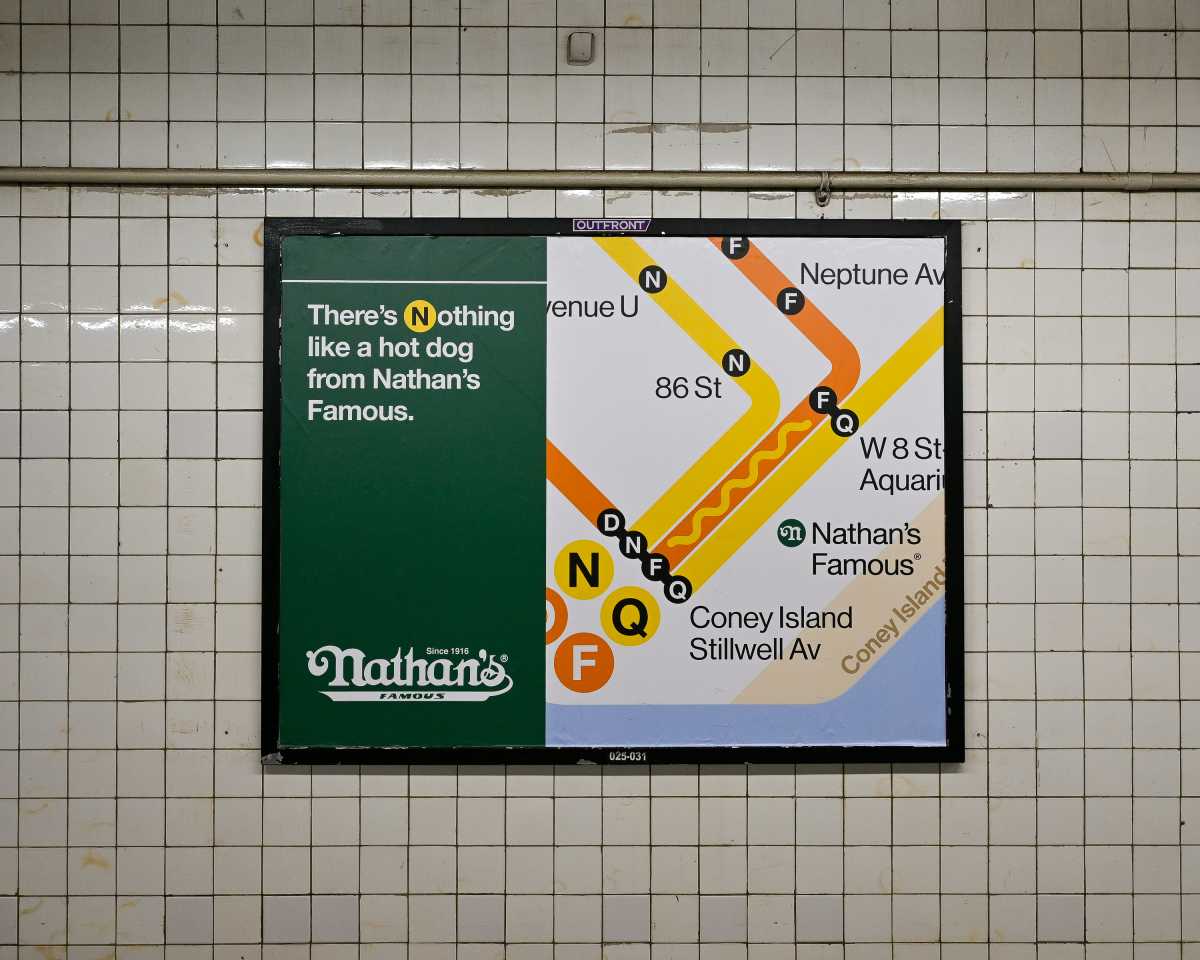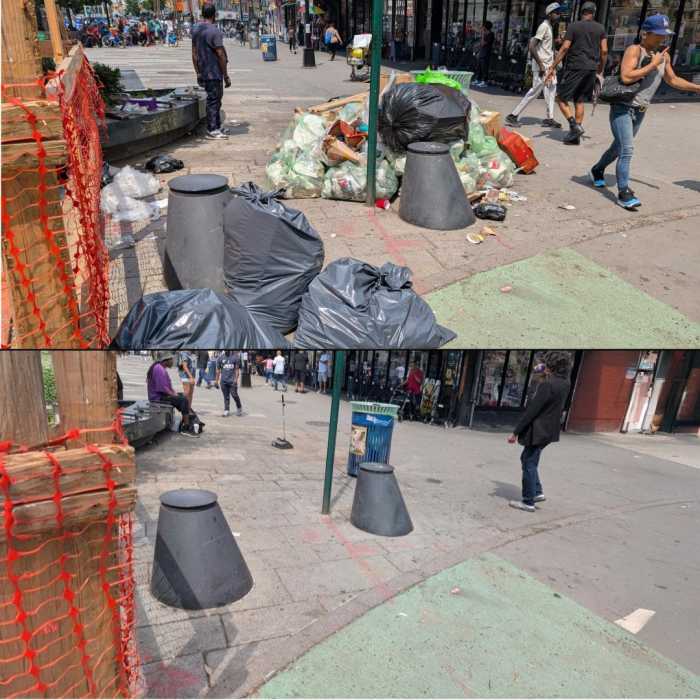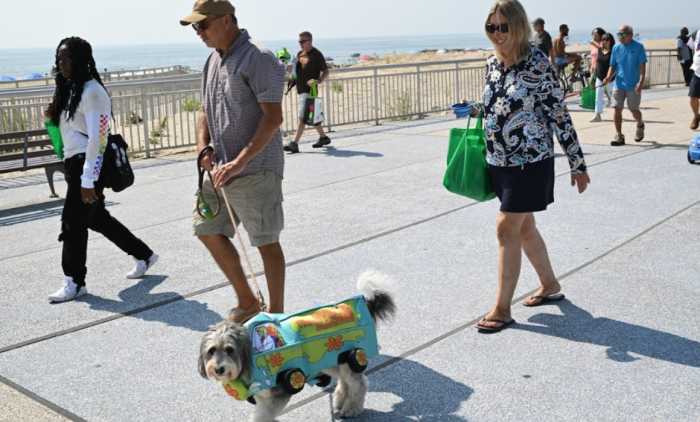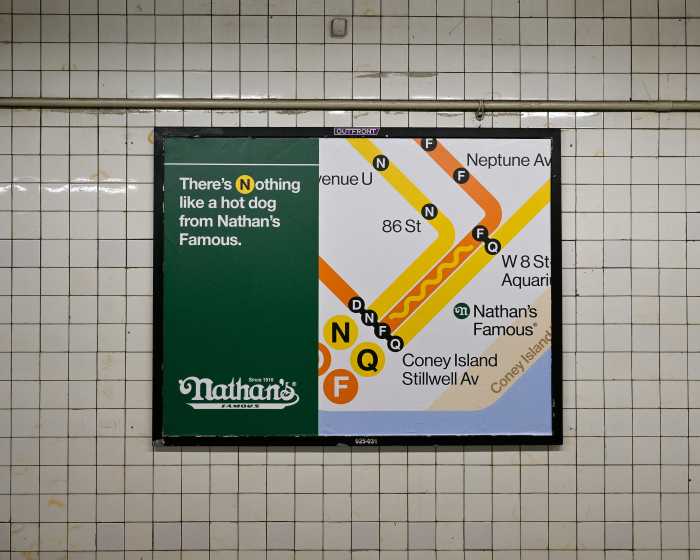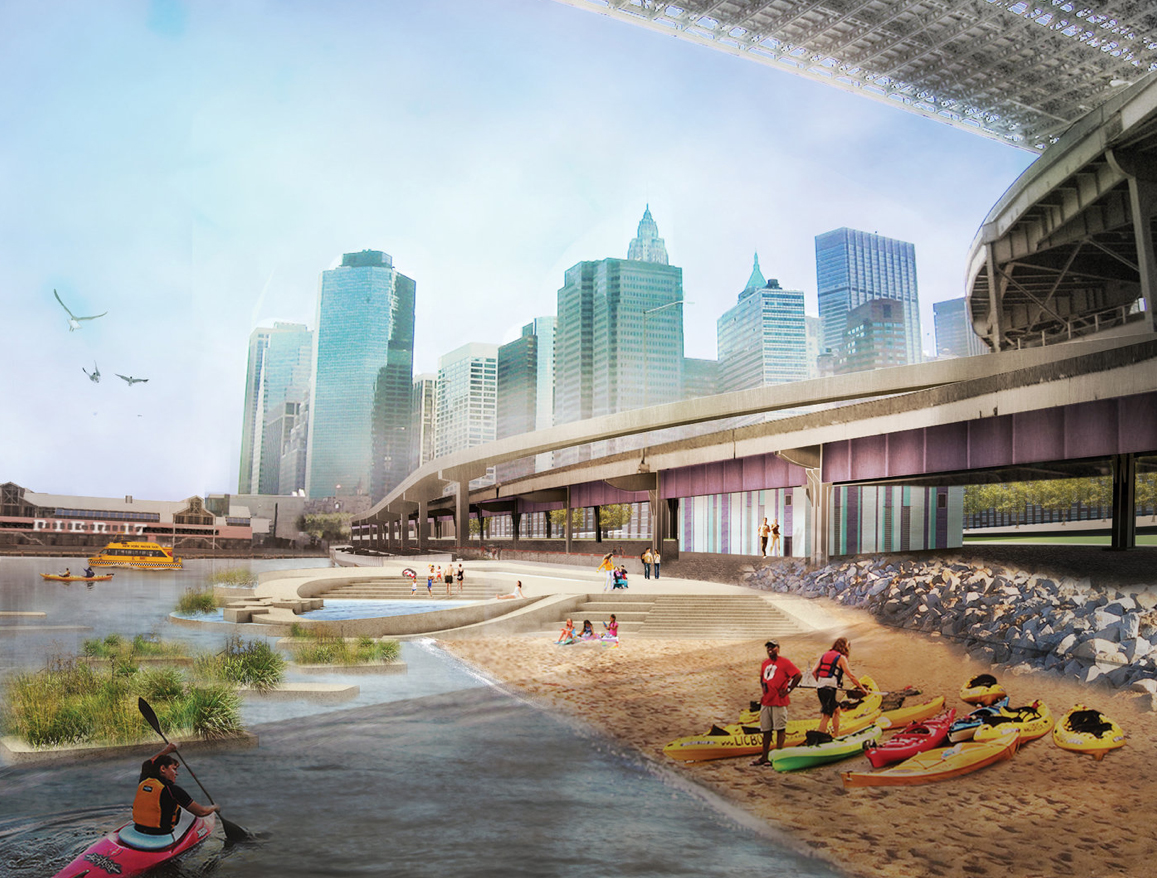
BY COLIN MIXSON | Locals are pushing back against a city agency they say is trying to shut the public out of Downtown’s only beach to reserve it for private developers.
A recent feasibility study on turning Brooklyn Bridge Beach into a public park commissioned by the city’s Economic Development Corporation came under fire at the Community Board 1 Seaport Committee’s latest meeting, where residents accused the agency of looking for excuses to scuttle the effort.
“My reading of it was that it was more of an anti-feasibility study,” said C.B. 1 member Marc Ameruso. “It appeared that every which way they could spin it, they do not want that beach to be used in any way, shape or form, and they came up with all sorts of bogus safety reasons as to why.”
The study, conducted by Ocean and Costal Consultants for E.D.C., pointed to several factors — including the presence of nearby combined stormwater-sewage overflow outlets, intense wave action, swift currents and nearby commercial river traffic — as obstacles to opening the beach, which has long been fenced off from the adjacent East River esplanade.
In particular, the consultants cited the high cost of the “substantial interventions” they said would be necessary to reduce wave action, which erodes the beach and would undermine any efforts to extend it into a public space.
But Downtown Boathouse President Graeme Birchall, who presented a detailed rebuttal of the study to the Seaport Committee on Feb. 16, argued that E.D.C., a quasi-governmental agency charged with promoting development throughout the city, was fishing for red herrings.
He said the costly infrastructure envisioned in the study — such as floating breakwaters, wave fences and even artificial islands — are needlessly expensive and impractical solutions to a problem that can actually be solved relatively cheaply.
“They did a feasibility study, but they only came up with unfeasible solutions,” said Birchall, who operates a free kayaking program at Tribeca’s Pier 26.
Birchall said the wave problem could easily be solved with simple groins — rock walls extending from the shoreline into the river — that are a time-tested and environmentally neutral solution to the problems noted in the study.
“There are plenty of sandy beaches, in the Rockaways for instance, where groins are very common and effective, but E.D.C. chose not to analyze effective solutions to deal with that,” he said.
The consultants also wrote at length about the dangers of swimming in the East River around Brooklyn Bridge Beach — especially sewage overflows into the harbor and the river’s swift currents.
But these arguments are misleading, according to Birchall, because swimming is prohibited at beaches throughout New York Harbor, and even wading is discouraged on the beaches at Brooklyn Bridge Park.
“There’s no swimming on any beach in New York Harbor,” Birchall said. “Technically, there’s not even any wading, and if you go to Brooklyn Bridge Park, there’s a multiplicity of signs, including ‘No Wading” signs. Nobody goes swimming, and I don’t foresee that changing anytime soon. Beaches don’t have to be used for those purposes.”
However, the annual Brooklyn Bridge Swim, featuring scores of participants, does either start or end at the beach.
The beach-bummer study seemed so slanted that some locals speculated E.D.C. is really just trying to reserve Lower Manhattan’s only beach for private development, pointing to plans released in 2014 by the Howard Hughes Corporation that featured a marina adjacent to the coveted cove.
“The only thing I can think of is E.D.C. is crossing their T’s and dotting their I’s, and kowtowing to Howard Hughes and other developers,” said Ameruso, “because they want to build a large marina right next to it.”
In 2013, then-Borough President Scott Stringer announced plans to spend $7 million to turn Brooklyn Bridge Beach into a public park as part of the East River Blueway — an ambitious project to open up Manhattan’s eastern waterfront from the Seaport up to E. 38th St.
Momentum for the Blueway fizzled, though, as E.D.C. threw a proverbial pail of sand on the Brooklyn Bridge Beach project, but there is still strong support for the idea on C.B. 1.
In December, in response to the E.D.C. feasibility study, the board passed a resolution calling on the city to allow “unfenced, unfettered access” to the beach as soon as possible. C.B. 1 passed similar resolutions in 2008 and 2013.
Last week, the Seaport Committee sent a letter to E.D.C. requesting a formal response to Birchall’s critique of the study.
The agency would not comment specifically on Birchall’s rebuttal, but said it stood by the safety concerns outlined in the study.
“We are working with community stakeholders to identify a project that improves waterfront access,” said agency spokesman Ian Fried. “Safety is our number one priority, and any project must take into account the parameters set forth by the feasibility study.”



